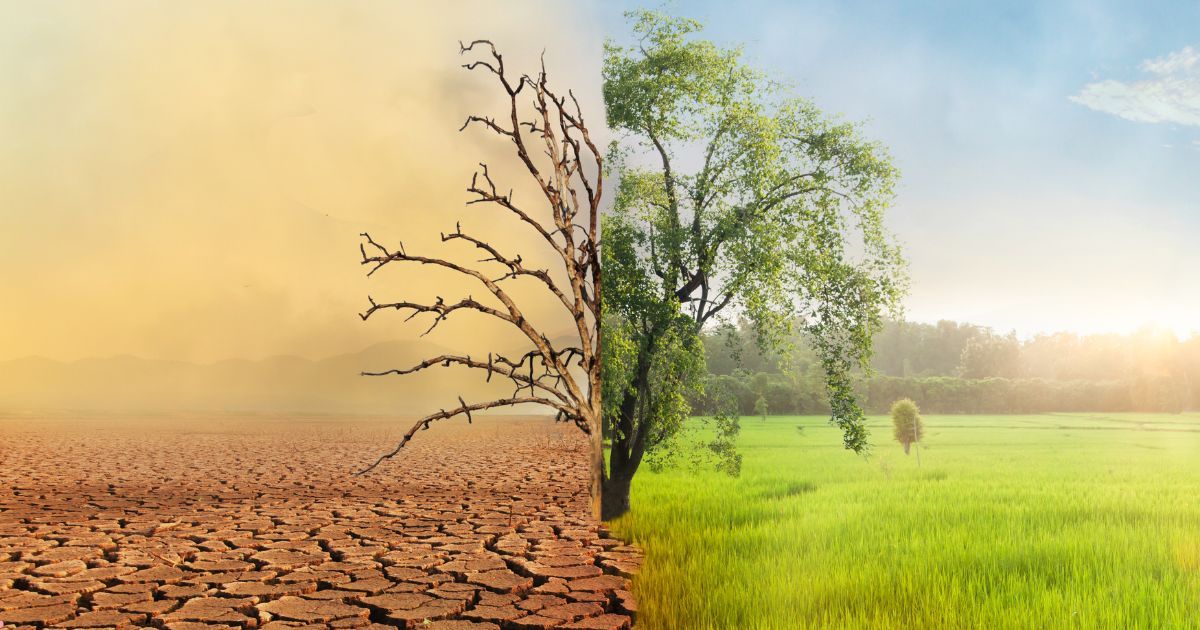 Over the last 100 years, global temperatures have warmed by about 0.74 degrees Celsius on an average. The change may seem minor, but it's happening very quickly — more than half of it since 1979, according to the Intergovernmental Panel onClimate Change. Here are ways people and other living things are responding toglobal warming.
Over the last 100 years, global temperatures have warmed by about 0.74 degrees Celsius on an average. The change may seem minor, but it's happening very quickly — more than half of it since 1979, according to the Intergovernmental Panel onClimate Change. Here are ways people and other living things are responding toglobal warming.
Changes in seasons atnational parks- When's the busiest time to see the Jim Corbett National Park or Bannerghatta National Park? The answer has changed over the decades as spring has started earlier and droughts have become common. Peak national park attendance has shifted by days and even up to a month in the last few years. Even in the west, the highest number of visitors that now swarm the Grand Canyon are in the month of June than in July.
Change in genetics- Even flies are feeling the heat! According to a 2006 study, fly genetic patterns normally seen at hot latitudes are showing up more frequently at higher latitudes. According to the research, the gene patterns of Drosophila subobscura, a common fruit fly, are changing so that populations look about one degree closer in latitude to the equator than they actually are. In other words, genotypes are shifting so that a fly in the Northern Hemisphere has a genome that looks more like a fly in the south.
Hurting Polar Bears- Polar bear cubs are struggling to swim increasingly long distances in search of stable sea ice, according to a 2011 study as the Arctic sea ice seems to melt more and more every year. This rapid loss of sea ice in the Arctic is forcing bears to sometimes swim up to more than 12 days at a time, research has found. Cubs of adult bears that swim more than 48 kilometers have a 45% mortality rate, compared with 18 percent for other cubs that were swimming shorter distances.
Moving military- As the Arctic ice opens up, the world turns its attention to the resources below. According to the U.S. Geological Survey, 30% of the world's undiscovered natural gas and 13% of its undiscovered oil are under this region. As a result, military action in the Arctic is heating up, with the United States, Russia, Denmark, Finland, Norway, Iceland, Sweden and Canada holding talks about regional security and border issues. Several nations, including the U.S., are also drilling troops in the far north, preparing for increased border patrol and disaster response efforts in a busier Arctic.
Altered breeding seasons- Some species of animals are changing genetically in order to adapt to rapid climate change within just a few generations. As temperatures shift, penguins are shifting their breeding seasons. A 2012 study found that gentoo penguins are adapting more quickly to warmer weather, because they aren't as dependent on sea ice for breeding as other species. Besides, it is not just penguins that seem to be responding to climate change. In many incidents squirrels, some birds and insects and even cats and kittens attributed to a longer breeding season for the felines.



